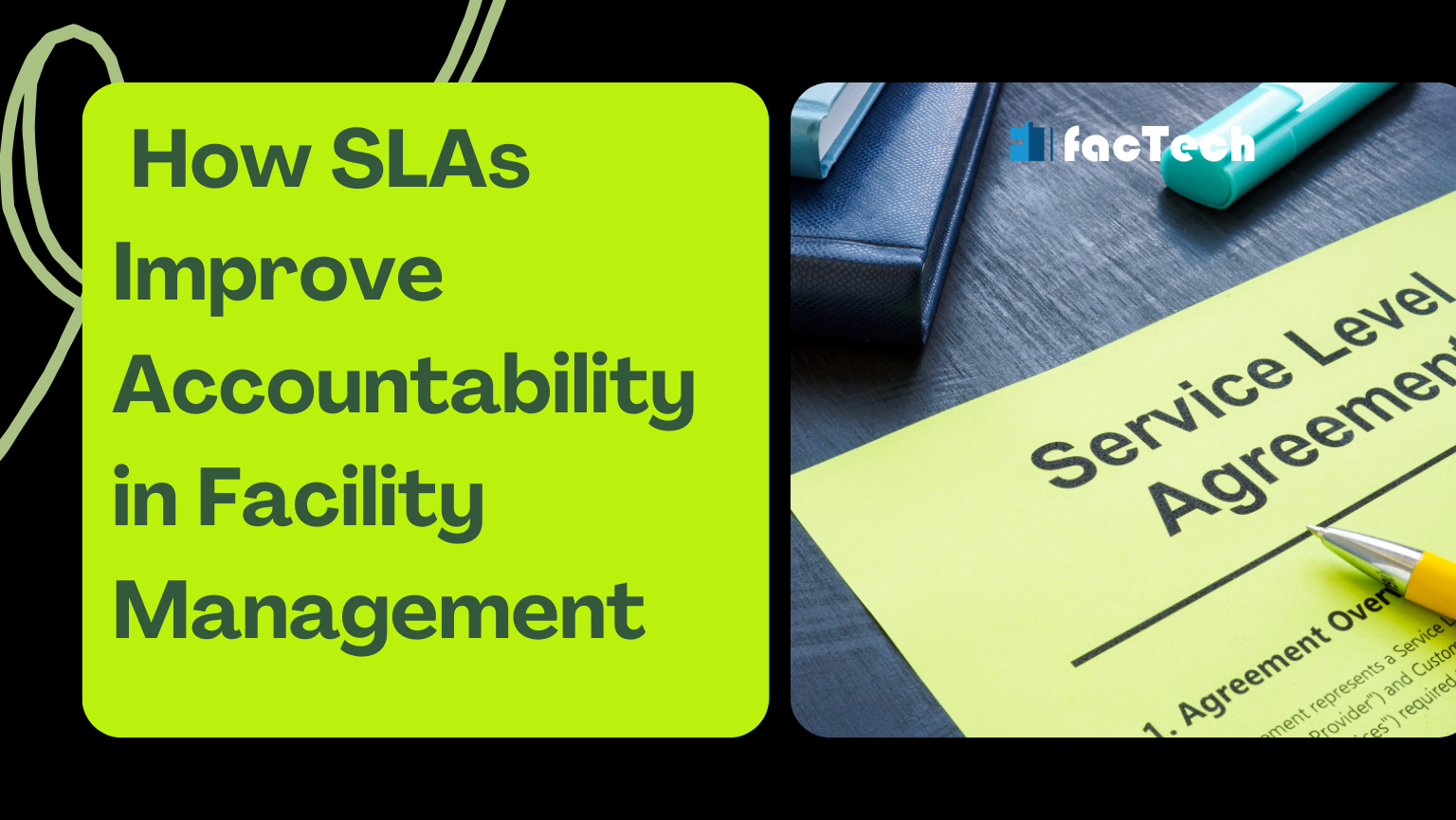ESG Reports of Buildings
Have you wondered about the sustainability of the built environment? A building’s design and construction have substantial effects on its surrounding areas. Fortunately, ESG reports helps us to assess the impact of the built environment on the environment and society. These reports provide critical information on a building’s environmental, social, and governance performance, making it easier for stakeholders to make informed decisions.
So, let’s take a plunge into the world of ESG reports for buildings and see how they can promote sustainable development!
What are ESG Reports?

The construction and operation of buildings consume a significant amount of energy and resources. Indubitably, they have a considerable impact on the environment. This leads to greenhouse gas emissions, depletion of natural resources, and pollution.
As aforesaid, the environmental, social and governance performance reports of buildings help to analyse their sustainability. These reports can help stakeholders, including investors, tenants, and regulators, to make informed decisions. How so? Let’s see.
Investors use ESG reports to evaluate the sustainability performance of a building and to determine the level of risk associated with their investment. Tenants use these reports to understand the building they are occupying impacts the environs and their business operations. Lastly, regulators use ESG reports to enforce environmental and social regulations.
What are the contents of the ESG reports for 2023?
ESG reports of buildings typically contain information on the following aspects of the building’s sustainability performance:
Energy Performance
This section includes information on the energy consumption of the buildings, such as electricity, heating, and cooling. The metrics used for measuring the buildings’ energy consumption are Energy Use Intensity (EUI) and Energy Star rating. The EUI measures the building’s energy use per square foot of floor space, while the Energy Star rating is a benchmarking tool that compares the building’s energy use to similar buildings in the same region.
Water Performance
How much water does the building consume? This section comprises potable water and non-potable water usage along with wastewater generation. Water Use Intensity (WUI) and the Water Sense label are the metrics that measure this water performance. The WUI measures the building’s water use per square foot of floor space, while the Water Sense label is a certification program that identifies water-efficient products and practices.
Waste Performance
The waste performance section includes information on the building’s waste generation and management. The waste diversion rate and the LEED waste management credit are the metrics used. The former measures the percentage of waste that is diverted from landfills through recycling and composting, while the latter is a certification program that recognizes buildings that implement sustainable waste management practices.
Indoor Environmental Quality

Metrics such as the Indoor Air Quality (IAQ) credit and the LEED daylight credit measure the indoor air quality of buildings. The IAQ credit measures the building’s ventilation and air filtration systems, while the LEED daylight credit recognizes buildings that maximize the use of natural daylight.
Social Responsibility
Wondering about the building’s impact on the local community, such as job creation and community engagement? ESG Report has your back. Living Wage Campaign and the Community Engagement credit help in assessing the social responsibility factors. The Living Wage Campaign measures the building’s compliance with the local living wage standards, while the Community Engagement credit recognizes buildings that engage with the local community.
Governance
This section includes information on the building’s management and governance practices, such as sustainability policies and procedures. We have metrics for this as well- LEED Innovation credit and the Global Reporting Initiative (GRI) Sustainability Reporting Standards. The LEED Innovation credit recognizes buildings implementing innovative sustainability practices, while the GRI Standards provide a framework for reporting on the organization’s sustainability performance.
Green Buildings and ESG: Creating a More Sustainable Future
Ever heard of green buildings? These buildings are designed, constructed, and operated for maximal sustainability performance. These buildings use resources efficiently, reducing wastage and providing healthy indoors for occupants.
Green buildings aim to enhance the built environment’s overall social impact. A study of the various synergies between these buildings and ESG would help understand their significance better.
Synergies between Green Buildings and ESG
Environmental Impact
Both green buildings and ESG focus on mitigating the damage to the environment. The design of these buildings is to minimize energy consumption, reduce greenhouse gas emissions, and conserve water. ESG reporting measures a building’s environmental impact and encourages building owners and managers to implement such sustainable technologies.
Social Responsibility
The social responsibility aspect of ESG reporting a building’s impact on its employees, occupants, and community. Green buildings prioritize indoor environmental quality, ensuring a healthy and comfortable environment for building occupants. This improves employee productivity and well-being and enhances the building’s overall social impact.
Governance Practices
Furthermore, ESG reporting measures a building’s governance, including its transparency, accountability, and risk management practices. Green buildings are often certified by third-party rating systems such as LEED or BREEAM, which independently verify the building’s sustainability performance. This improves the building’s governance and accountability and provides stakeholders with confidence in the building’s sustainability performance.
Investment
ESG reporting can also attract investment by providing investors with information on the building’s sustainability performance. Green buildings have been shown to have higher resale values, lower operating costs, and higher tenant retention rates, making them an attractive investment for investors looking for sustainable investments.
The Bottom Line
ESG reporting is thus quintessential for understanding the sustainability of buildings. It provides a comprehensive evaluation of a building’s environmental impact, social responsibility, and governance practices. This allows building owners and managers to identify areas for improvement and work towards sustainable development.
However, you can’t make an omelette without breaking eggs. To truly achieve sustainability, facility managers must prioritize digital facility management. Digital facility management uses technology to optimize building operations, reduce energy consumption, and improve occupant comfort.
Do you want to be successful with ESG management? Kick back and relax as our facility management software helps you ace the game.











